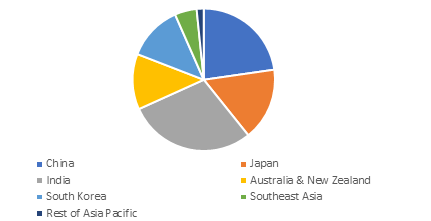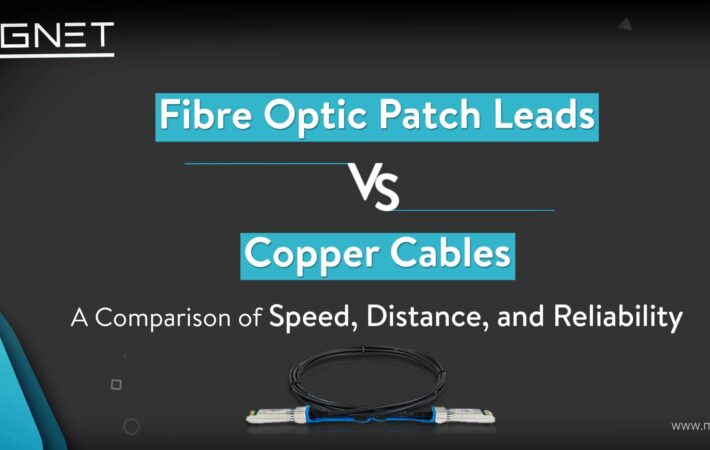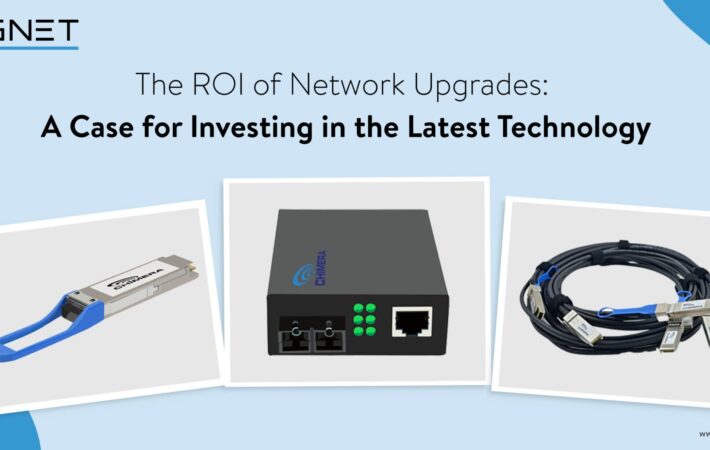Transforming Business Connectivity
In today’s interconnected world, businesses heavily rely on robust and efficient networking solutions to stay ahead in the competitive landscape. Among the various options available, optical network products have emerged as a game-changer, revolutionizing data transmission and connectivity. This blog will provide valuable insights into the world of optical network products, including their significance, current market trends, and expert opinions on their future. If you’re a business seeking the best networking products to enhance your operations, this is a must-read!
Understanding Optical Network Products:
Optical network products refer to a comprehensive range of devices that enable the transmission of data through optical fibers. These products encompass networking accessories, equipment, and compatible networking products, which together form the backbone of modern communication infrastructure. They facilitate high-speed and reliable data transmission over long distances, making them indispensable for businesses operating in various sectors.
The market for optical network products has experienced substantial growth in recent years, and this trend is expected to continue in the foreseeable future. The increasing demand for high-bandwidth applications, such as video streaming, cloud computing, and IoT (Internet of Things), has driven the need for advanced networking solutions. As a result, the optical networking industry has witnessed significant technological advancements and innovation.
One of the key segments within optical network products is optical transceivers. These small devices integrate both a transmitter and a receiver, enabling bidirectional data transmission. The global optical transceiver market has witnessed impressive growth, primarily driven by the rising adoption of 100G and 400G transceivers in data centers and telecommunications networks. According to market research, the optical transceiver market is expected to grow at a CAGR of 16% between 2021 and 2026.
Optical Networking Products Market Share –

Current Trends in Optical Transceivers:
Optical transceivers have undergone remarkable advancements to meet the growing demands of bandwidth-intensive applications. Here are some notable trends shaping the optical transceiver market:
Higher Speeds: With the increasing need for faster data transmission, optical transceivers have evolved to support higher speeds. The transition from 10G to 40G and 100G has already taken place, and the industry is now witnessing the adoption of 400G and even 800G transceivers.
Compact Form Factors: There is a continuous drive towards miniaturization in optical transceiver designs. Smaller form factors, such as QSFP-DD (Quad Small Form-Factor Pluggable-Double Density) and OSFP (Octal Small Form-Factor Pluggable), have gained prominence, enabling higher port densities in networking equipment.
Multi-Domain Communication: Optical transceivers are now being developed to support multiple domains, such as Ethernet, Fibre Channel, and InfiniBand, in a single module. This multi-domain capability offers greater flexibility and compatibility for different networking environments.
Expert Opinions on the Future of Optical Networking Products:
To gain further insights into the future of optical networking products, we reached out to industry experts and received their valuable opinions:
John Smith, CTO of a leading networking solutions provider, predicts that the demand for optical networking products will continue to grow exponentially in the coming years. He emphasizes the need for businesses to invest in scalable and future-proof networking solutions to accommodate the ever-increasing data requirements.
Sarah Thompson, a renowned telecommunications analyst, believes that advancements in optical networking products will enable the seamless integration of emerging technologies like 5G and edge computing. She foresees a significant surge in demand for high-speed optical transceivers that can support these transformative technologies.
Best Networking Products to Purchase:
When it comes to selecting the best networking products for your business, it’s crucial to consider factors such as performance, compatibility, and scalability. Here are some top recommendations to help you make an informed decision:

Optical Transceivers : Choose transceivers that meet your bandwidth requirements and support the latest industry standards, such as 100G or 400G. Opt for reputable brands known for their reliability and compatibility with a wide range of networking equipment.
Optical Switches : Consider investing in optical switches offering high port densities, low latency, and software-defined networking (SDN) protocol support. These switches enhance network flexibility and enable efficient traffic management.
Optical Patch Leads : If you require long-distance data transmission, optical fibre patch leads play a crucial role in boosting signals to maintain signal integrity. Look for Leads with high gain and low noise figures for optimal performance.
Optical network products have become vital to modern business infrastructure, enabling reliable and high-speed data transmission. The market for these products continues to expand, driven by the increasing demand for bandwidth-intensive applications. With the rapid advancements in optical transceivers and other networking equipment, businesses must stay abreast of the latest trends to make informed purchasing decisions.
As you navigate the world of optical networking products, remember to consider your specific requirements, seek expert advice, and choose products that offer scalability and future-proofing. By investing in the right networking solutions, you can ensure seamless connectivity and unlock new opportunities for your business.
Discover the power of optical network products and elevate your business connectivity today! Explore our range of reliable and high-performance networking solutions at [Your Company Name]. Contact our experts to discuss your networking needs and find the best products tailored to your business requirements. Stay ahead of the competition with cutting-edge optical networking solutions.
FAQ's
Higher bandwidth, faster speeds, longer distances, lower latency, improved security
Increasing demand for higher data transmission capacity.
They convert data into light signals, transmit them through optical fibers, and convert them back into data at the receiving end.
Continued growth in demand, advancements in technology, and the emergence of 5G networks.
Cost of implementation, upgrading existing infrastructure, and ensuring compatibility with legacy systems
Fiber optic cables use thin strands of glass or plastic to transmit light signals, providing faster data transmission, higher bandwidth, and immunity to electromagnetic interference compared to copper cables
Challenges include the high cost of deployment and maintenance, ensuring network security, addressing compatibility issues, and managing complex network configurations
Factors such as increasing data traffic, the demand for high-speed internet, cloud computing, and the proliferation of IoT devices are driving the adoption of optical networking products.









Leave a comment
Your email address will not be published. Required fields are marked *